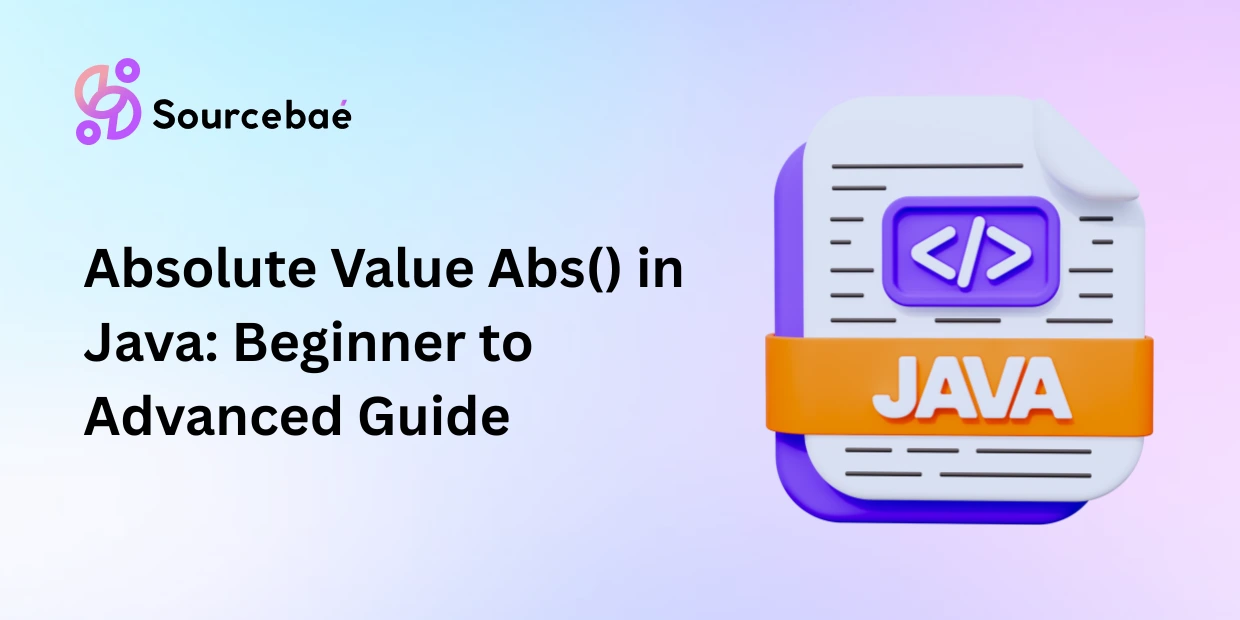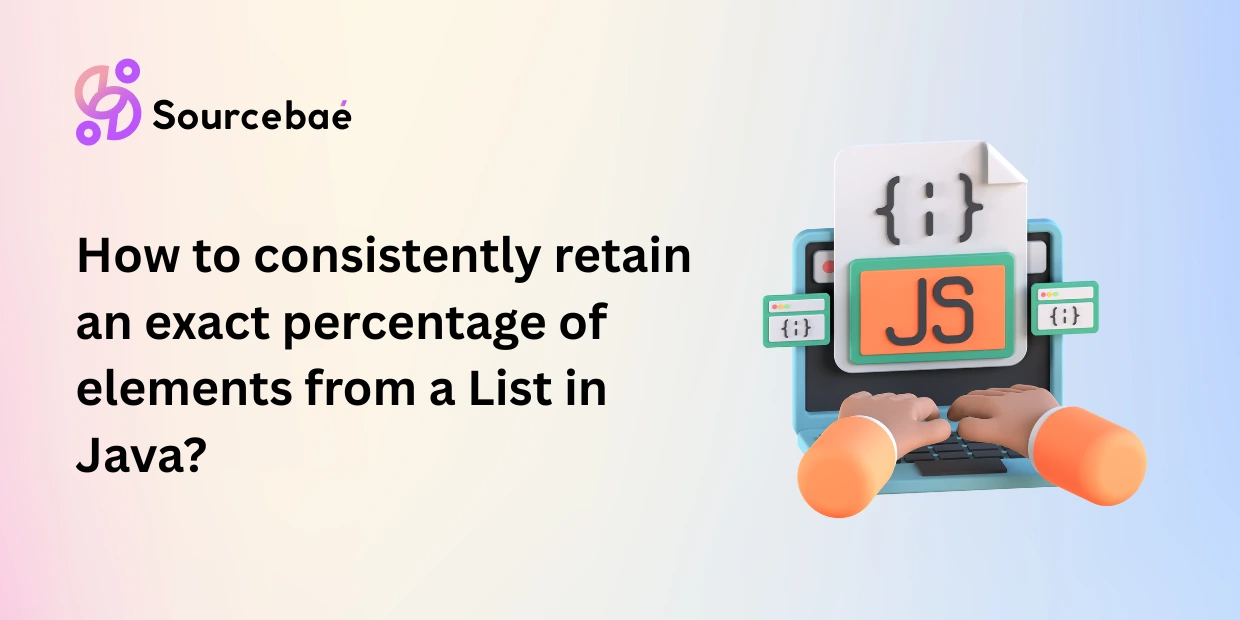Java is a widely-used programming language that offers flexibility and portability. It is known for its readability and versatility, making it a popular choice for web development, software development, and general-purpose programming.
In this article, we will explore the basics of Java, its history, features, structure of programs, development environment, syntax, object-oriented programming, exception handling, libraries and APIs, and the future of Java.
1. What is Java?
Java is an object-oriented programming language created by James Gosling and his team at Sun Microsystems (now owned by Oracle). It was designed to be platform-independent, meaning that Java programs can run on any device or operating system that has a Java Virtual Machine (JVM) installed. This portability makes Java an ideal choice for developing applications that can run on various platforms.
2. History of Java
Java was first released in 1995 and quickly gained popularity due to its simplicity and robustness. Initially, it was developed as a language for programming consumer electronic devices. However, with the rise of the internet, Java became a go-to language for developing web applications and applets. Over the years, it has evolved and gained numerous updates and improvements, making it a reliable language for various purposes.
3. Features of Java
Java has several notable features that contribute to its widespread usage. These include:
Object-oriented: Java follows an object-oriented programming paradigm, allowing developers to create modular and reusable code.
Platform-independent: Java programs can run on any device or operating system that has a Java Virtual Machine (JVM) installed.
Garbage collection: Java automatically manages memory allocation and deallocation, relieving developers from manual memory management.
Security: Java has built-in security measures to protect against malicious activities and ensure safe execution.
Exception handling: Java provides a robust exception handling mechanism to handle and recover from runtime errors gracefully.
Rich libraries and APIs: Java offers an extensive collection of libraries and APIs for various functionalities, reducing the need for developers to reinvent the wheel.
Multithreading: Java supports concurrent programming through multithreading, allowing programs to execute multiple tasks simultaneously.
Simplicity: Java has a simple and readable syntax, making it easier for programmers to learn and write code.
4. Structure of Java Programs
Java programs are structured into classes and methods. Each program must have at least one class with a special method called main(), which serves as the starting point for the execution. Let’s dive into the key components of Java programs.
4.1 Variables and Data Types
In Java, variables are used to store data, and they must be declared with a specific data type. Java provides several built-in data types, including int, double, boolean, char, and more, as well as the ability to create custom data types through classes.
4.2 Operators
Operators in Java are used to perform various operations on variables and data. These include arithmetic operators (+, -, *, /), relational operators (>, <, ==), logical operators (&&, ||, !), and assignment operators (=, +=, -=).
4.3 Control Flow
Control flow statements in Java determine the order in which the code is executed. These include if-else statements, for loops, while loops, switch statements, and more, enabling developers to control the flow and logic of their programs.
4.4 Objects and Classes
Java is an object-oriented programming language, which means that it revolves around objects and classes. Objects are instances of classes, and they encapsulate data and behavior. Classes define the structure and behavior of objects, allowing developers to create reusable code components.
5. Java Development Environment
Setting up Java development environment involves installing the necessary tools and configuring them properly. Let’s explore the steps to get started with Java development.
5.1 Setting up Java To set up Java, you need to download and install the Java Development Kit (JDK) from the official Oracle website. The JDK includes the Java compiler and other essential tools for developing Java applications.
5.2 Integrated Development Environment (IDE) An IDE enhances productivity by providing features such as code completion, debugging, and project management. Popular Java IDEs include Eclipse, IntelliJ IDEA, and NetBeans. Choose an IDE that suits your workflow and preferences.
6. Java Syntax and Conventions
Java’s syntax and conventions are designed to make the code more readable and maintainable. Here are some key syntax and conventions to follow in Java programming: – Use meaningful variable and method names. – Use proper indentation and formatting for better code readability. – Follow the naming conventions, such as using camel case for variables and methods (e.g., myVariable, myMethod()). – Use comments to explain complex or important parts of the code. – Use white spaces to enhance code readability.
7. Object-Oriented Programming:
Java’s object-oriented programming (OOP) approach allows developers to organize their code into reusable components called objects. OOP principles, such as encapsulation, inheritance, and polymorphism, promote modularity and code reusability.
8. Exception Handling
Exception handling in Java enables developers to gracefully handle runtime errors and prevent program crashes. By using try-catch blocks, developers can catch exceptions and take appropriate actions to handle them.
9. Libraries and APIs:
Java provides a vast array of libraries and APIs that extend the capabilities of the language. These libraries cover various areas, such as database connectivity, user interface development, networking, and more. Leveraging these libraries saves development time and effort.
10. Benefits of Java:
Java offers numerous benefits that make it a preferred programming language for various applications:
- Platform independence: Java programs can run on any device or operating system, making them highly portable.
- Object-oriented approach: Java’s OOP approach allows for modular and reusable code, resulting in better maintainability.
- Robustness: The stringent compiler checks and exception handling mechanism make Java programs more reliable and less prone to errors.
- Large community: Java has a vast community of developers who actively contribute to its growth and provide support.
- Extensive libraries and APIs: Java’s rich libraries and APIs enable developers to leverage existing solutions and focus on specific functionalities.
11. Future of Java:
Java has a bright future ahead with continuous updates and improvements. Its unmatched platform independence, strong community support, and vast ecosystem of libraries ensure its relevance in the software development industry. Java is expected to evolve further, keeping up with emerging technologies and meeting the demands of modern application development.
Conclusion
In this article, we have explored the basics of Java, its history, features, program structure, development environment, syntax, and object-oriented programming. We have also discussed exception handling, libraries and APIs, the benefits of Java, and the future of the language. Java’s popularity and versatility make it an essential language for both beginner and experienced programmers.
FAQs:
1: Is Java a difficult programming language to learn?
Java has a relatively gentle learning curve, especially for those with prior programming experience. Its syntax is similar to other popular programming languages, making it easier to grasp the fundamentals. However, mastering advanced concepts and libraries may require more effort and practice.
2: Can I use Java for web development?
Yes, Java is widely used for web development. It offers frameworks like Spring and JavaServer Faces (JSF) for building robust and scalable web applications.
3: How is Java different from JavaScript?
Although their names are similar, Java and JavaScript are entirely different programming languages. Java is a statically-typed, object-oriented language used for backend development, while JavaScript is a dynamically-typed scripting language primarily used for front-end web development.
4: Is Java still relevant in the era of new programming languages?
Absolutely! Java remains one of the most popular and widely-used programming languages. Its vast ecosystem, performance, and strong community support contribute to its continued relevance and popularity.
5: Can I develop mobile applications using Java?
Yes, Java can be used for mobile application development. Android, one of the most popular mobile operating systems, uses Java as its primary programming language for app development.






